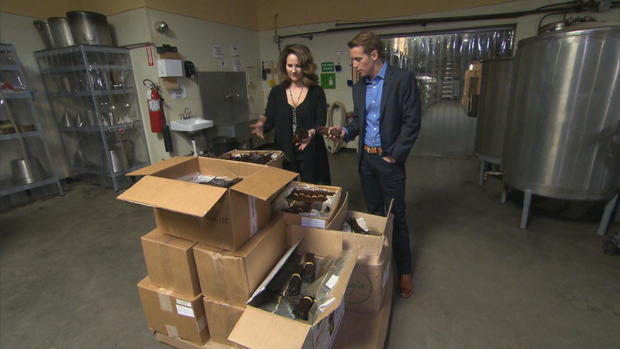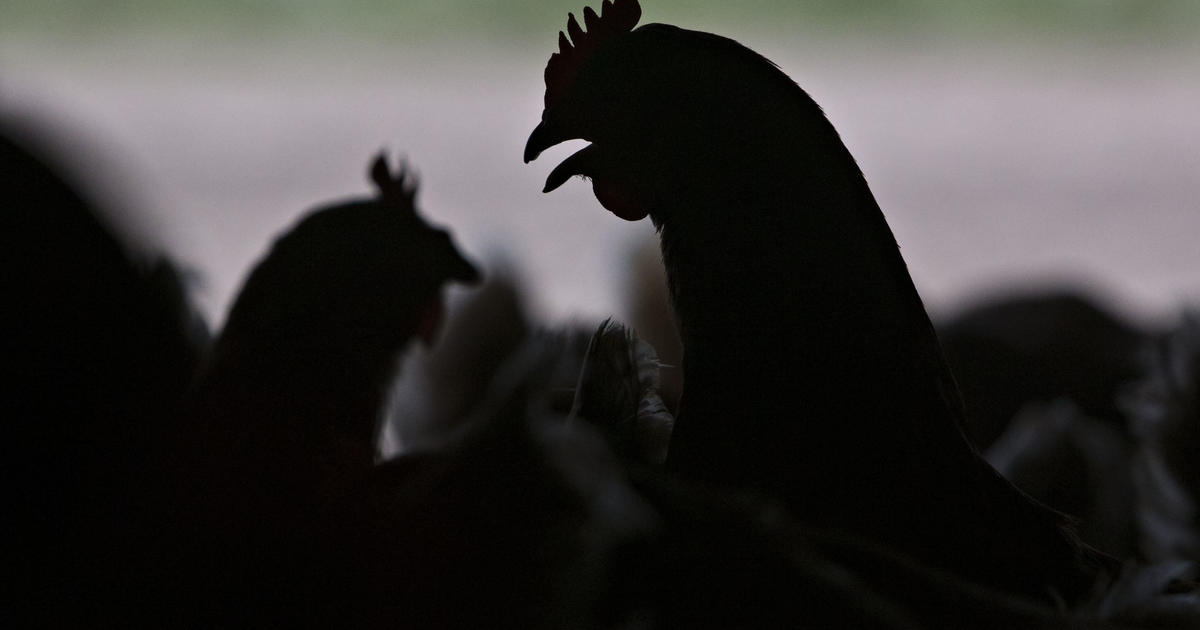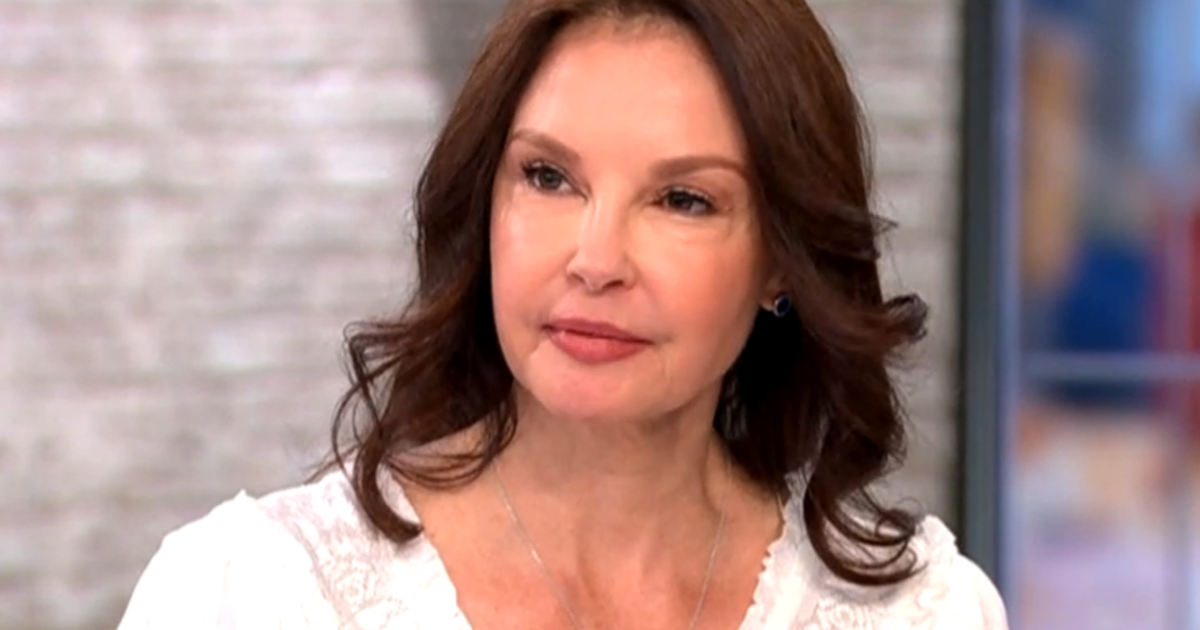Vanilla bean shortage in Madagascar drives up prices in U.S.
Vanilla bean prices have soared because of a shortage in Madagascar. The island country has more than three-quarters of the world’s vanilla fields.
The ingredient is used in plenty of desserts, baked goods and, of course, ice cream. But supplies are low and demand has spiked, in part because consumers are demanding natural ingredients.
Nestlé Crunch bars now use real vanilla instead of artificial flavoring, but the vanilla shortage has become a bitter pill for businesses to swallow.
At Mother Moo Creamery in Sierra Madre, California, vanilla ice cream is showered with sprinkles, blended with brownies and rolling in root beer. As their number-one seller, its appeal is pretty simple. Owner Karen Klemens says it’s all about the ingredients.
“How important is that Madagascar vanilla?” CBS News correspondent Ben Tracy asked her.
“My vanilla ice cream would not be the same without it,” Klemens said.
Yet these days, she’s losing money on every scoop. Vanilla has surpassed dairy as her biggest cost. The price she pays for a gallon of organic vanilla extract has nearly quadrupled since she first opened her doors five years ago.
“When something goes from a hundred dollars to four hundred dollars, what does that mean to your bottom line?” Tracy asked.
“Well, I just kind of hope that we were going to make it through the season,” Klemens said.
Seventy-nine percent of the world’s vanilla fields are in Madagascar. A shortage there has helped drive up the cost of vanilla beans from about $11 per pound in 2011 to $193 by the end of 2016.
Josephine Lochhead and her husband, Don, run Cook Flavoring Company. Most of their business here is vanilla. She said at the current price point, the vanilla industry isn’t sustainable.
She shot a video in December during a trip to Madagascar to survey the vanilla crops. Vanilla farming is a labor-intensive process. Beans grow on orchids -- each one is pollinated by hand.
“Vanilla is not a product where you can go out and get it tomorrow. It takes three years for that vine to produce a vanilla bean,” Lochhead said.
The market is notoriously unstable. Supply problems caused vanilla bean prices to spike in 2003 before crashing the next year. Shipments of vanilla once again cost a small fortune.
That’s for high-quality beans, which get harder to find as the price goes up. Many farmers harvest the beans before they fully mature, worried thieves will steal them because they’re so valuable. The question for businesses is whether they keep buying at high prices or wait for the inevitable crash.
“It’s going to come down and nobody knows -- that’s the big question mark -- nobody knows when or how quickly,” Lochhead said.
Klemens is having to raise prices at her store, and while she won’t put artificial vanilla in her ice cream, she did start using it in her waffle cones.
“It’s just what I do, it’s what I believe in, and to even introduce an artificial vanilla in my store just really was kind of – it broke my heart,” Klemens said.
The good news is there may soon be more vanilla to meet the increased demand. Supplies were already low a couple years ago when a drought made things even worse. But people who’ve been to Madagascar recently say the next crop of vanilla is looking good, meaning prices could soon come down.






